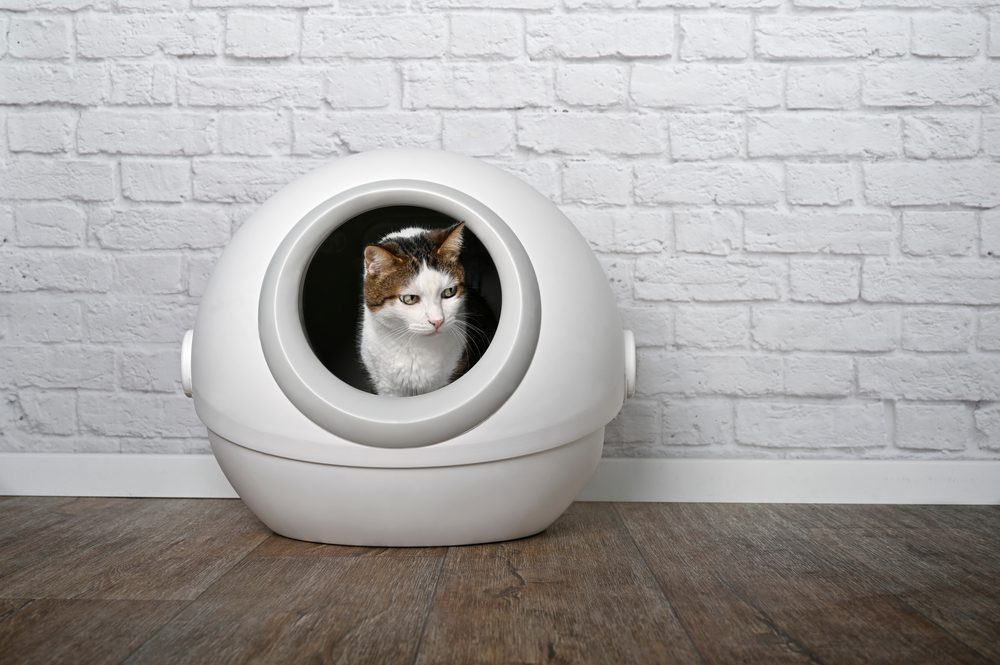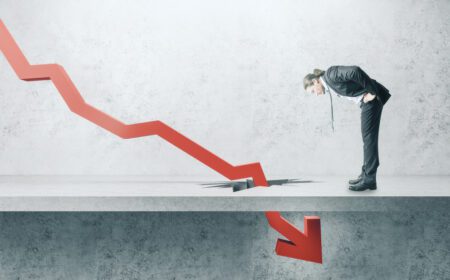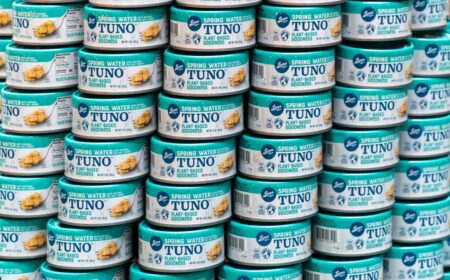Safe haven

A safe haven is an investment that is supposed to preserve value or grow in value amidst an economic slump.
The economic incentive behind looking towards safe haven investments is that, in theory, they are not correlated with macroeconomic turbulence, or are reversely correlated. In practice, this means that if the economy is undergoing recession, the safe haven asset will not deteriorate in value, or – on the contrary – will increase in value.
There is a widespread belief that physical assets have safe haven properties, because of the fact that their value is linked with their physical properties, therefore, for example, gold is often used as a hedge against economic volatility.
Another popular group of assets are currencies – because of the excellent reputation and the perceived resilience of the American, Swiss and Japanese banking systems. The drawback of cash reserves is that they tend to fluctuate with inflation and there is no real return on cash.
A subsequent large group of safe haven assets are the so-called defensive stocks. Defensive stocks include stocks in companies that represent industries such as utilities, healthcare, consumer goods, and food and beverages. Irrespective of the economic situation, people will still consume food, crave warmth and seek healthcare, therefore these companies are considered to be safe haven investments.
The characteristics of safe haven assets include:
- High liquidity – it has to be easy to convert the asset in cash and other way around
- Limited supply – it is required to have less or equal of the asset than the consumers demand in order to maintain the asset’s monetary value
- Continuous demand – there has to be continuous demand for the asset, in the foreseeable future, which would imply that the asset cannot be substituted by an alternative
- Endured performance – it means that if the asset (e.g., metals) has practical use, it needs to maintain these properties
Permanence – this implies that the asset does not perish over time.









